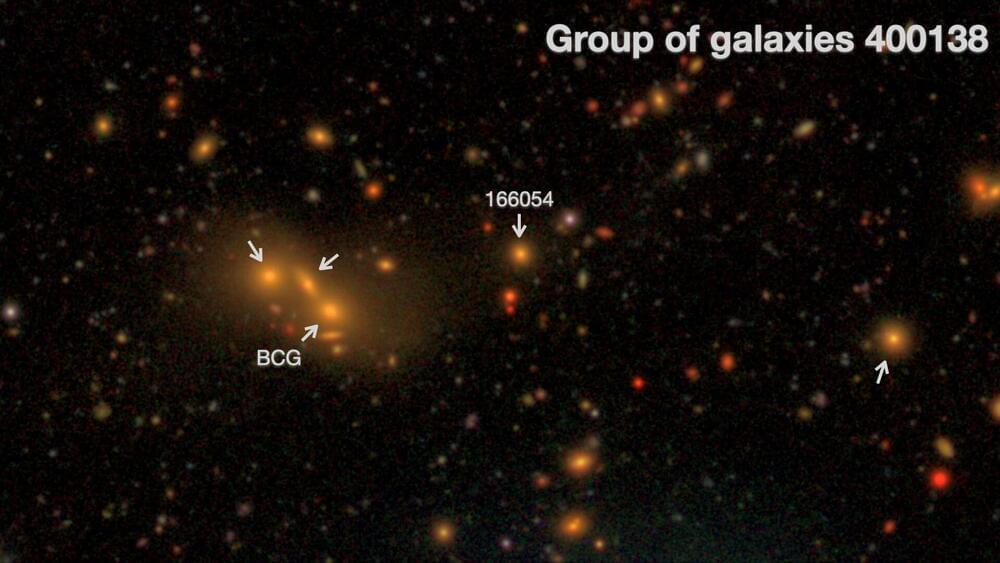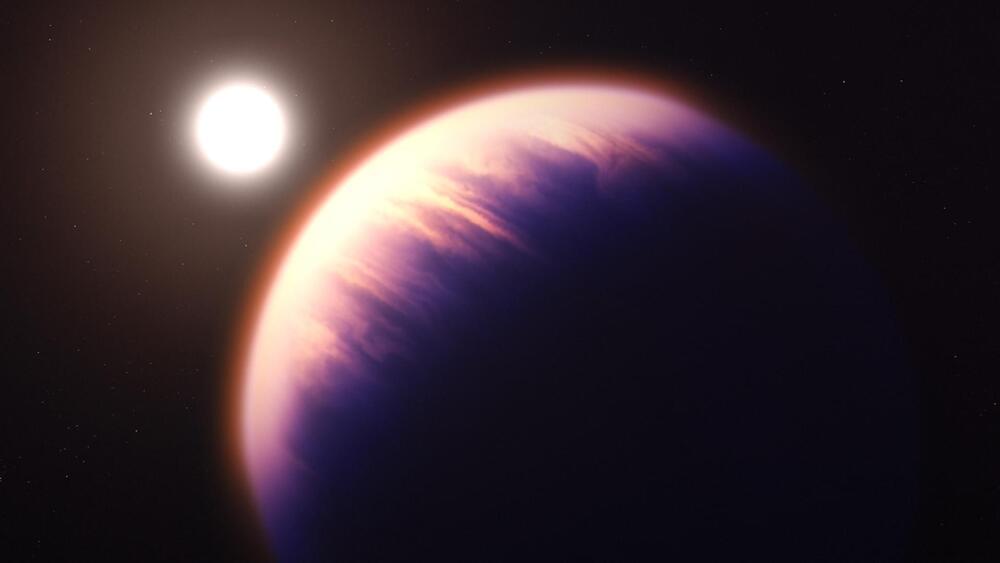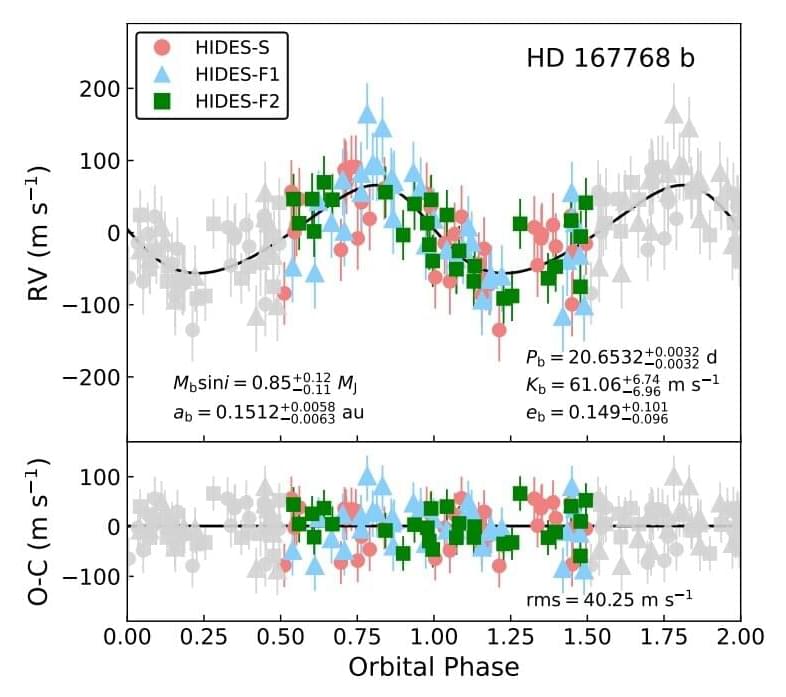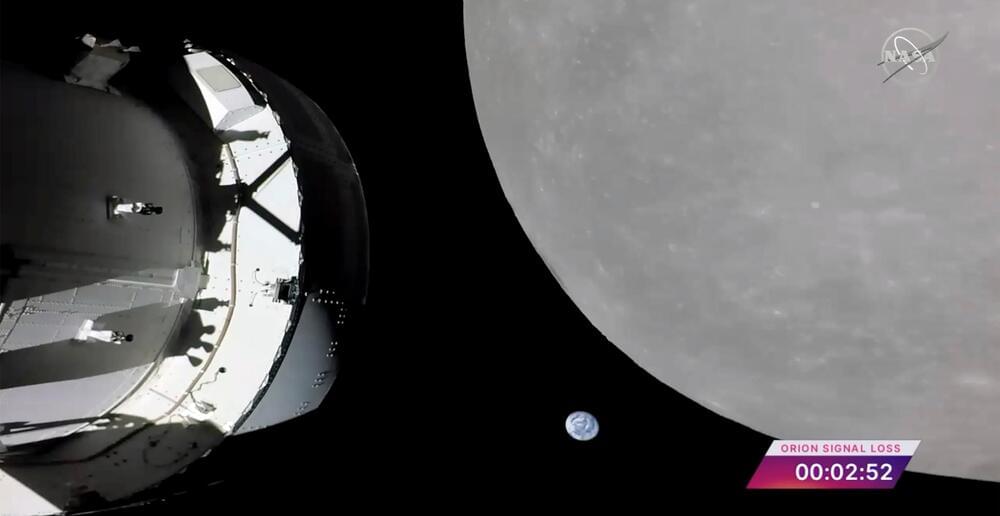An international team of astronomers have turned a new technique onto a group of galaxies and the faint light between them—known as ‘intra-group light’—to characterize the stars that dwell there.
Lead author of the study published in MNRAS, Dr. Cristina Martínez-Lombilla from the School of Physics at UNSW Science, said We know almost nothing about intra-group light.
The brightest parts of the intra-group light are ~50 times fainter than the darkest night sky on Earth. It is extremely hard to detect, even with the largest telescopes on Earth—or in space.





